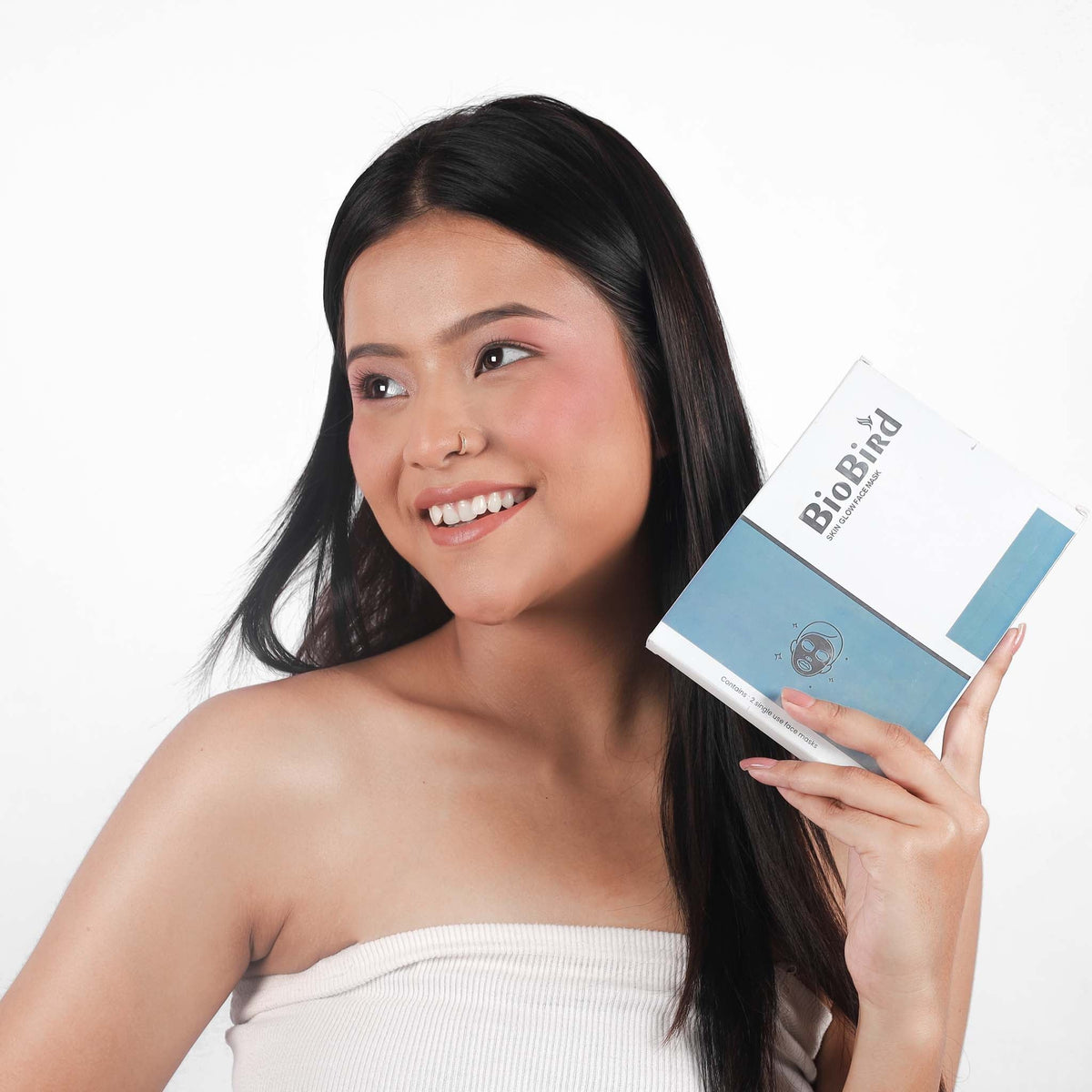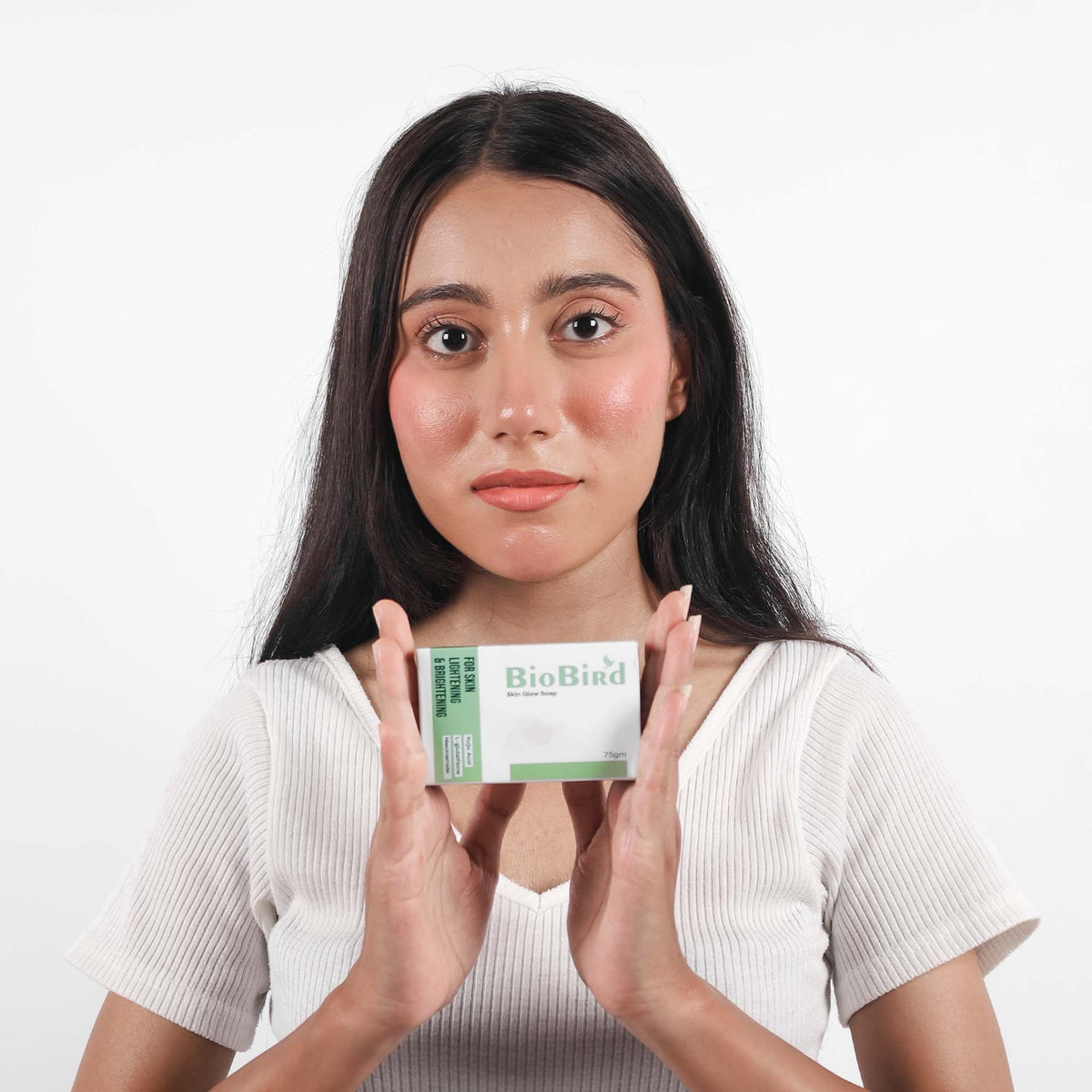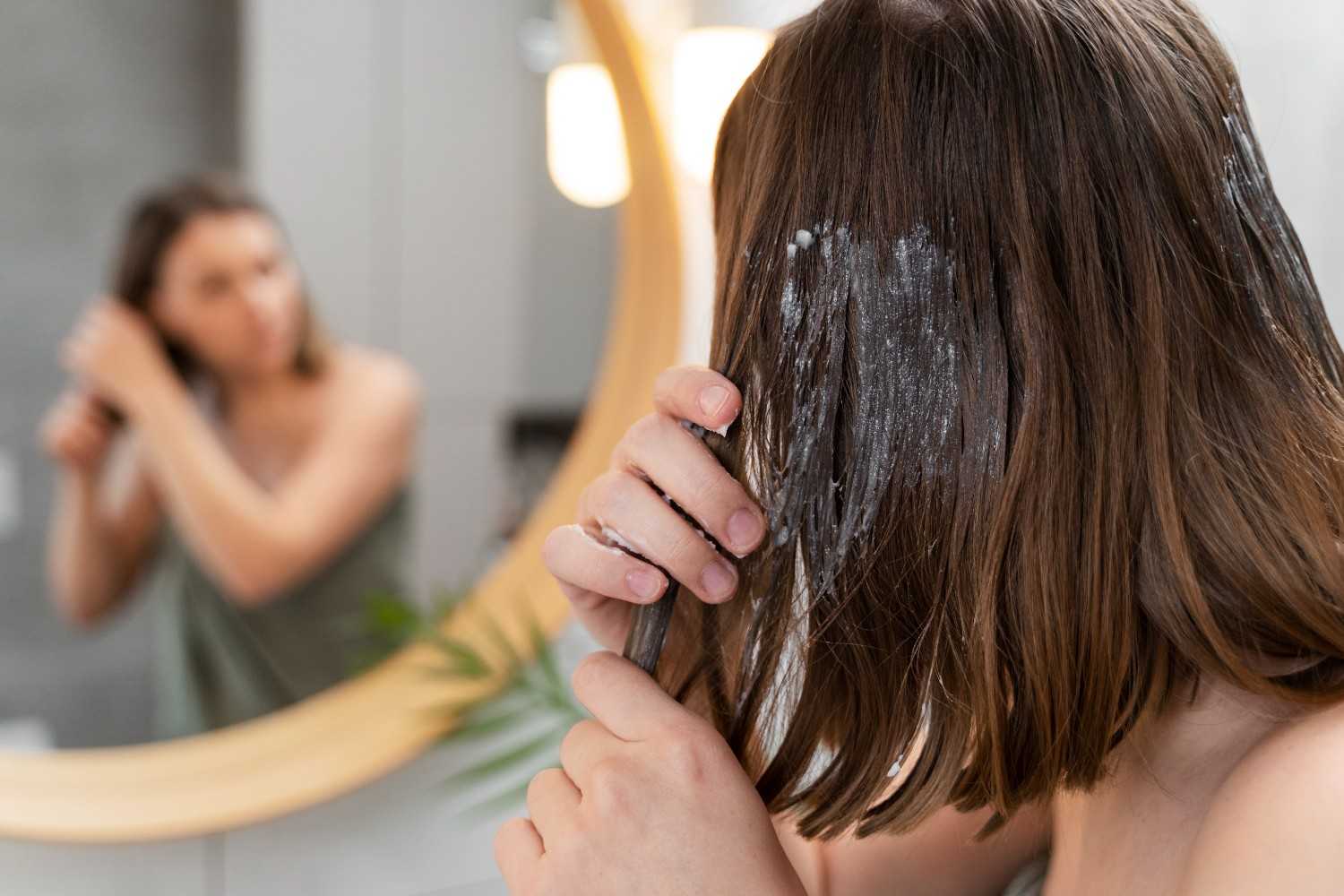Healthy, shiny hair isn’t just about genetics—it’s about adopting the proper hair care routine with the right set of products. Among the most potent products that offer both nourishment and strength is the hair mask. A hair mask is a rich treatment that goes beyond daily conditioning, deeply hydrating and repairing your damaged strands from root to tip. Whether your hair is dry, oily, curly, fine, or color-treated, the right hair mask can make a world of difference. Let’s explore why hair masks are essential and how to choose the best one based on your hair type.
Article Highlights
- Why are Hair Masks Necessary?
- Top Benefits of Using Hair Masks
- How to Choose the Best Hair Mask for Your Hair Type?
- How to use Hair Masks for Best Results?
- Conclusion
- Frequently Asked Questions (FAQs)
Why are Hair Masks Necessary?
Daily exposure to pollution, chemical treatments, and heat styling can leave your hair dry, damaged, brittle, and prone to breakage. Treatment with a good hair mask provides intense nourishment and repair that regular conditioners cannot offer.

Hair masks penetrate deeper into the hair shaft, restoring lost moisture and improving strength, texture, and shine. Thus, using a hair mask is an essential step in maintaining healthy, long, and vibrant hair.
Top 7 Benefits of Using Hair Masks
Incorporating a hair mask into your routine reduces visible damage and protects your strands from future damage. It can offer significant benefits from strengthening to improving overall apperance of your hair.
Here are the top 7 benefits of using a hair mask:
- Provides deep hydration and replenishes moisture in dry, brittle hair
- Helps restore hair damaged by heat, coloring, or chemicals
- Improves hair texture, making it softer, smoother, and more manageable
- Seals in moisture, smoothens the hair cuticle, and reduces frizz
- Boosts the natural shine and radiance of hair
- Strengthens weak strands and reduces breakage
- Nourishes the scalp, reducing dryness and itchiness
How to Choose the Best Hair Mask for Your Hair Type?
Now that you know the importance of using a hair mask, it's crucial to choose one that best suits your hair type. Here’s an outline of masks tailored to various hair needs:
- Hair Mask for Dry and Damaged Hair
Heat styling, coloring, and environmental stress can strip natural oils, leaving strands brittle and dry. This hair type requires masks that restore moisture and repair damage.

Therefore, look for hydrating ingredients such as shea butter, argan oil, and olive oil to add shine and softness.
DIY Hair Mask Recipe: Mix 1 mashed avocado with 2 tablespoons of honey and 1 tablespoon of olive oil. Apply to your hair for 30 minutes, then rinse. Use 1–2 times a week for best results.
- Hair Mask for Oily Hair
Oily hair can appear greasy and attract dirt easily. It benefits from lightweight, clarifying ingredients like clay, tea tree oil, and aloe vera, which absorb excess oil, cleanse the scalp, and hydrate without heaviness.

DIY Hair Mask Recipe: Combine 2 tablespoons of aloe vera gel with a few drops of tea tree oil. Apply to the scalp for 15–20 minutes before rinsing.
- Hair Mask for Curly and Coily Hair
Curly hair is naturally drier, as oils have a harder time traveling down the shaft.

Hydrating ingredients like coconut oil, honey, and banana help lock in moisture, define curls, and reduce frizz.
DIY Hair Mask Recipe: Blend 1 banana with 1 tablespoon each of coconut oil and honey. Use a wide-toothed comb to evenly distribute the mask through your curls. Leave on for 30 minutes before rinsing.
- Hair Mask For Fine or Thin Hair
Fine hair is easily weighed down. Choose lightweight masks that boost volume and strength.

Strengthening and volumizing ingredients like egg whites, biotin, and green tea extract support follicle health and promote thicker hair over time.
DIY Hair Mask Recipe: Whisk 1 egg white with a few drops of lemon juice. Apply for 15–20 minutes and rinse with cool water.
- Hair Mask for Color-Treated Hair
Color-treated hair requires extra TLC. Masks with keratin, argan oil, and chamomile help preserve color vibrancy, prevent fading, repair chemical damage, and add shine.

DIY Hair Mask Recipe: Mix 2 tablespoons of yogurt with 1 tablespoon of argan oil. Apply for 30 minutes, then rinse. Use this mask weekly and always wash with a sulfate-free shampoo.
How to Use a Hair Mask for Best Results?
Whether your goal is hydration, oil control, curl definition, volume, or color protection, using a weekly hair mask can dramatically improve your hair’s health and appearance.
Here are some tips for using a hair mask to get the best results:

- Wash your hair first to remove product buildup and allow better mask penetration
- Apply the mask to clean, towel-dried (damp) hair
- Focus on mid-lengths to ends—these are typically the most damaged
- Use a wide-toothed comb to evenly distribute the mask
- Let the mask sit for at least 20–30 minutes
- Rinse thoroughly with cool water to seal the hair cuticle and lock in moisture
- Use consistently—at least once or twice a week—for long-term benefits
Conclusion
No matter your hair type, there’s a perfect hair mask to elevate your routine. With the right ingredients, a mask can transform dull, brittle strands into soft, shiny, and healthy hair. Whether you prefer DIY options or store-bought solutions, consistency is key. By treating your hair to a weekly mask, you’ll gradually see noticeable improvements in texture, strength, and shine. Remember, healthy hair starts at the root—with the right care and nourishment.
Frequently Asked Questions (FAQs)
1: How often should you use a hair mask? 1–2 times a week is ideal for most hair types. Adjust frequency depending on your hair’s needs—more often for dry or damaged hair.
2: Can I use a hair mask overnight? Yes, if it’s a hydrating mask without heavy proteins or strong actives. Always read the product label or do a patch test beforehand.
3: Do you apply a hair mask to wet or dry hair? Most masks work best on clean, towel-dried (damp) hair for better absorption.
4: What is the difference between conditioner and hair mask? Conditioners offer light, daily moisture, while hair masks are intensive treatments that penetrate deeper into the hair shaft.
5: Can I make a hair mask at home? Yes! Natural ingredients like honey, yogurt, banana, and oils can be mixed to create effective DIY hair masks.






0 comments